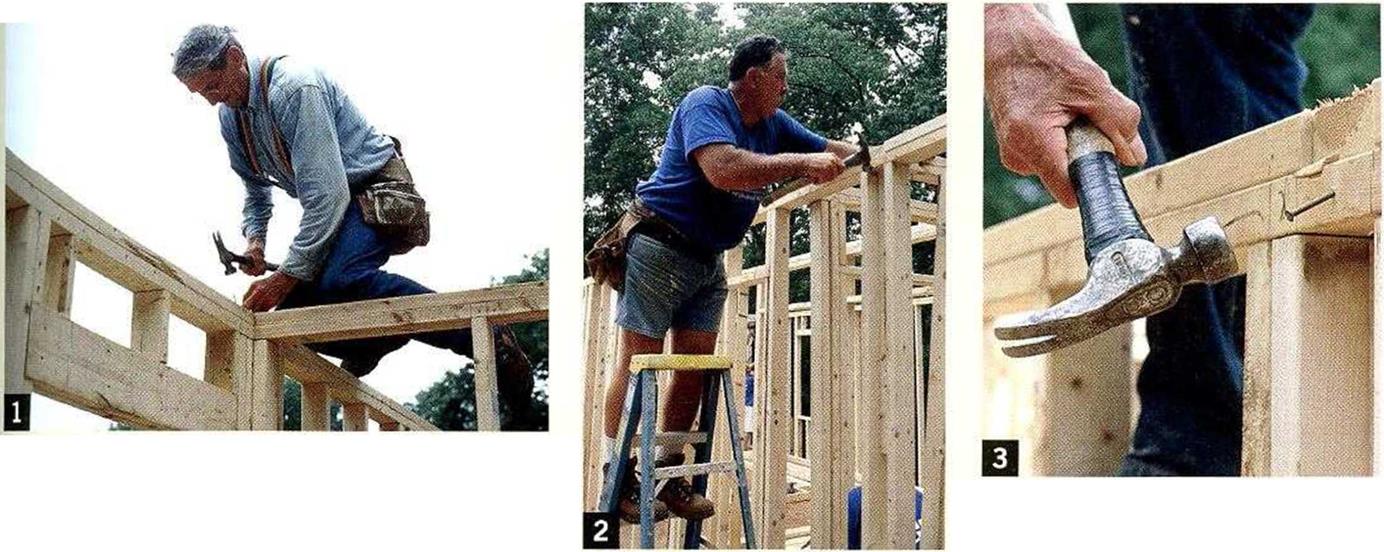Mathematicians and inventors of Alexandria and the Hellenistic world
In 335 – 331 BC, Alexander the Great conquered the totality of Greece and the Persian Empire, including Egypt and Mesopotamia. The spirits of analysis and hydraulic knowhow now were brought together in the same crucible, fueled by the need to innovate – in order to ensure survival in a world whose boundaries were suddenly pushed enlarged, and to increase agricultural productivity to meet the needs of the new ruling classes. This crucible has a name: Alexandria.
|
|







